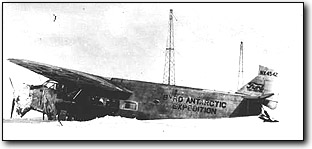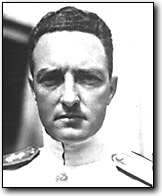 |
|
|
 |
||
|
||||||
|
Photos Available: Flight Commemorates 70th Anniversary of First Flight to South Pole
Seventy years to the day after Adm. Richard E. Byrd became the first person to fly over the South Pole, a ski-equipped New York Air National Guard LC-130 landed at the National Science Foundation's Amundsen-Scott South Pole Station on Nov. 29, 1999 (local time). While the destination was the same, the circumstances of the flights were not. Byrd's Ford tri-motor aircraft cruised at a maximum speed of 78.8 knots (90 mph) with a maximum ceiling of 8,000 feet (2438 meters). The turboprop-equipped LC-130 climbs to more than 26,000 feet (7924 meters) and cruises at a speed of 250 knots (287 mph). Because the magnetic pole makes compasses useless, Byrd used sun sightings to navigate. The Guard aircraft use computers, satellite receivers, radar, and a gyroscope. Byrd did not land at the Pole (which had no station then), but dropped a U.S. flag from his aircraft, "The Floyd Bennett," to prove that he had successfully navigated to 90 degrees south latitude on Nov. 29, 1929. Today, regular Air Guard flights are the only way to resupply Amundsen-Scott Station. Note to Editors: Digital images of the LC-130 at the South Pole and of the aircraft's New York State-based crew are available at a resolution of 300 dpi. For more information contact: Peter West (703) 292-8070/pwest@nsf.gov
|
||||||
|
|
|
|






